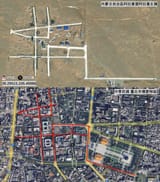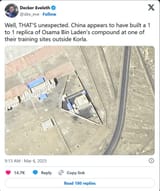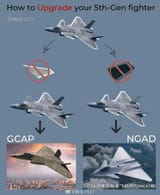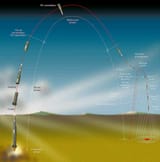>>63924820
>Are you trying to tell me that maneuvering targets aren't any harder to hit than one moving in a straight line at a constant speed?
>Is that really what you're trying to say?
Yes, and I say that as someone who has designed guidance systems.
For you as a human it seems simpler because you know the target can only move in a straight line.
But the guidance system has no knowledge, yet alone a concept of it.
It's like telling a dog that relativity exists and thinking that will help the dog design his GPS system.
The dog has no concept of what you're on about.
>>63924826
>Yeah, but it simplifies the math needed to intercept a target when your target only has one degree of freedom you have to account for.
Only if the entire design of the guidance system tries to exploit the fact that the target can only move in a straight line, which it obviously doesn't since it's supposed to be able to hit any moving target.
Also the "simplified math" is not really the difficult part of such guidance systems.
The difficult parts is sensor signal to noise and correct interpretation of the sensor data.
The way this works is that the sensor gives you data, and you run detection algorithms over it to try to figure out where the target is.
Then you check this vs the real position.
Now you change the position, and see if the sensor can track that change.
You move the target 100m eastwards, and the guidance system says it's 99.5m eastwards and 0.5m southwards.
It didn't actually fucking move 0.5m south since your rail tracks are perfectly straight and aligned east-west, but the sensor doesn't know, the digital signal processor doesn't know, and the code running on your microcontroller also doesn't fucking know.
>Even then, it's much easier as you set a constant speed of the target, and can even program the known speed into the intercept algorithm.
THE POINT OF THE EXERCISE IS NOT TO CHEAT, BUT TO TEST YOU RETARDED IDIOT.









































